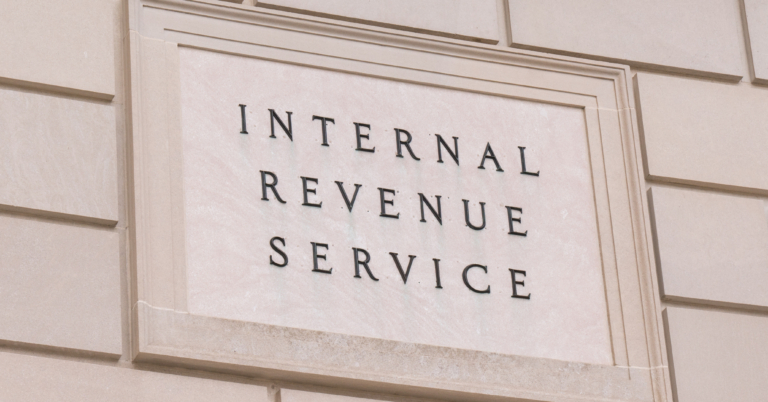
In the fiscal year that ended September 30 the federal government spent $7.0 trillion, or $20,470 for every man, woman, and child in the country. During that period, it raised just 75 cents in taxes for every dollar it spent. To some Americans, Washington’s largess may have appeared to be a pretty good deal. It wasn’t, of course. Spending that was not paid for by taxes went on the nation’s credit card where it increased interest rates, crowded out private investment, and depressed the overall standard of living.
Exacerbating this problem of ‘fiscal illusion’ is how the federal government indirectly collects much of its tax revenue. For many working families, the burden of payroll taxes exceeds that of income taxes. Yet they would not know this by looking at their W2 forms since federal law requires that their employers remit half of their payroll tax bill. This, in spite of the fact that policymakers have long-known employees bear the full burden of these levies in the form of lower wages.
Other sources of federal revenue are also largely hidden from public view. These include corporate income taxes as well as excise taxes on everything from gasoline to bows and arrows. As with payroll taxes, while companies ostensibly write checks covering these levies to the U.S. Treasury, policymakers have long known that their actual burden falls on average Americans in the form of lower take home pay, smaller retirement accounts, and higher prices.
Balancing the Costs v Benefits of Government
For democracy to function citizens need to be able to balance the costs verses benefits of government. To facilitate this, tax systems should be simple and transparent. To the greatest degree possible, it should be clear who is paying taxes and how large their bills are.
Yet instead of embracing this commonsense approach some inside the Beltway want the federal government to rely even more heavily on hidden taxes. In an opinion piece in the Wall Street Journal former Speaker of the U.S. House of Representatives Paul Ryan and Kyle Pomerleau of the American Enterprise Institute argue that the U.S. should adopt what’s known as a destination-based cash flow tax (DBCFT).
While portions of this plan would improve the U.S. tax system, one significant feature – its creation of a new tax known as a border-adjusted tax – would be movement in the wrong direction. A BAT effectively applies US business taxes to imports while eliminating them from exports. As an Americans for Prosperity report published earlier this year makes clear, such a tax would surreptitiously raise the price of everyday products and represent a significant increase in the hidden tax burden borne by average Americans.
Even worse, the Ryan-Pomerleau plan puts in place all the infrastructure necessary for a future Congress and Administration to create the most hidden of all taxes – a value added tax – literally overnight. All this would entail is to deny businesses the ability to deduct labor costs in a backroom deal in the midst of a fiscal fight.
As the nation grapples with fiscal challenges over the next decade the need for citizens to be informed as to both the costs and benefits of government will become increasingly important. Fortunately, there are numerous tax reform plans – a Flat Tax, an X -tax, and many other plans – that make the cost of government more, not less, visible to taxpayers while providing them with safeguards that ensure that tax policy can only be altered after careful deliberation. These are the types of reform the nation should embrace.
Patrick Fleenor is a federal tax policy fellow at Americans for Prosperity.
© 2025 AMERICANS FOR PROSPERITY. ALL RIGHTS RESERVED. | PRIVACY POLICY
Receive email alerts to learn how to get involved